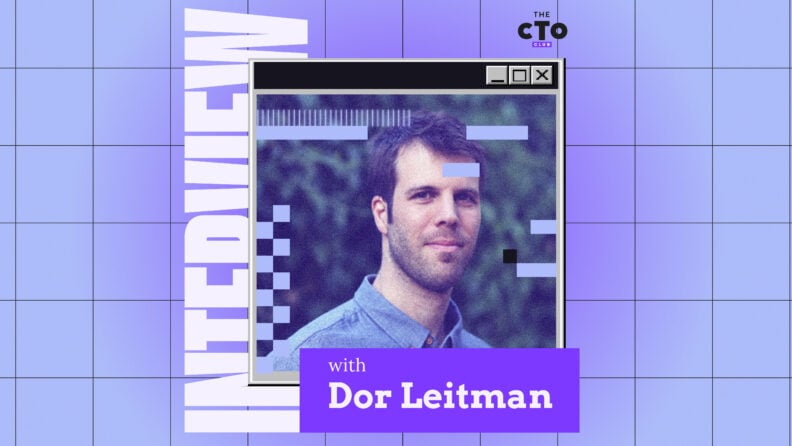The world of video advertising is undergoing a big transformation thanks to Generative AI. As AI capabilities continue to develop, we can expect even more exciting advancements. However, with the sunsetting of third-party cookies, a major tool for user tracking and ad targeting is fading away. This shift places data privacy at the forefront, forcing the industry to find new ways to personalize the advertising experience.
A study by Epsilon found that 80% of consumers are more likely to do business with a company that offers personalized experiences. But how can we achieve this personalization without compromising user privacy? This is a key question facing the industry today.
From content creation to targeting and measurement, here's a breakdown of some key areas of transformation fueled by AI:
- Increased Personalization: AI can analyze vast amounts of user data to understand individual preferences. This allows for the creation of targeted video ads that resonate more with viewers, leading to higher engagement and click-through rates.
- Automated Content Creation and Editing: AI can automate tasks like generating video thumbnails, editing footage, and even creating basic video ads from scratch. This frees up human creativity for higher-level strategic thinking while reducing production costs and time.
- Real-time Optimization: AI can analyze ad performance data in real-time, allowing for adjustments to be made on the fly. This ensures that video ads reach the right audience at the right time, maximizing campaign effectiveness.
- Improved Targeting and Measurement: AI can accurately analyze user behavior and demographics, enabling highly targeted video ad campaigns. Additionally, AI can track and measure the success of video ads more precisely, providing valuable insights for future campaigns.
AI platforms are revolutionizing video advertising by making it more personalized, efficient, and measurable. However, the industry must grapple with the complexities of data privacy in a post-cookie landscape.
At the forefront of this change is Connatix, a leader in video technology for publishers and advertisers. They are leveraging AI to create innovative solutions that respect user privacy while delivering impactful advertising for publishers and brands. Their commitment to innovation is driven in large part by their Chief Technology Officer, Dor Leitman.
In this interview, Dor shares his background and vision for Connatix's future. What are the challenges and opportunities? What is the impact of generative AI on video and advertising? And what does the future hold for this powerful technology? Let's dive in!
1. Can you tell us a bit about your background and how you ended up at Connatix?
My background is in software development. I started out as a software engineer at Microsoft before venturing into the startup world. Back then, the concept of generative AI (GenAI) wasn't even a term yet, but I was fascinated by the potential of building technology that could analyze text and automatically generate visual, interactive experiences.
That's what my startup focused on, and that's what eventually led Connatix to acquire our technology. They brought me on board as VP of AI and Content Automation, and over time, I transitioned to SVP of product and R&D before taking on the CTO role.
2. What do you see as the most important qualities for a CTO at Connatix?
The CTO role's requirements vary across companies, but for Connatix, I believe it's about a few key things. First, it's crucial to define the product vision and tech strategy. This involves a deep understanding of the company's needs, our clients' needs, and ensuring our strategic and technical visions are aligned. Second, execution and delivery are paramount.
We spend a lot of time refining our engineering organization's processes to measure the impact of our work and ensure a strong return on investment. Finally, working with the team on the technology itself is essential to ensuring we're on the right path to innovation.
3. What's been keeping you busy at Connatix lately?
Connatix is a leader in video technology for publishers and advertisers. We're focused on developing cutting-edge video technology and solutions that will remain effective in a privacy-centric environment in the future.
A prime example of this is our proprietary Deep Contextual™ solution. It allows for more granular, privacy-safe targeting, which is a major area of focus for us. Combining Deep Contextual™ with audience data allows us to transform how brands connect with their audiences. The technical aspect of this product is fascinating - it involves a lot of data, machine learning, and knowledge graphs.
Find your tool.
What kind of software are you interested in?
Find your {{category_name}} Software.
Looking for another kind of software? Go back
4. What challenges did you face while bringing this technology to market?
As with any machine learning or AI project, there's a lot of trial and error. Sometimes, the data and models need refinement. It's a process of many small steps leading to a significant breakthrough. Additionally, data privacy is a major priority for us. We want to be fully compliant, and that limits the amount and type of data we can collect, posing another big challenge.
5. How does Deep Contextual compare to traditional targeting methods like third-party cookies?
Third-party cookies track your browsing history, allowing advertisers to build a profile of your interests and habits. Although this wasn't the original purpose of cookies, it became a major tool for advertisers. Deep Contextual™ and the other data solutions we are developing allow advertisers to reach the same audiences without relying on cookies.
Our solutions use statistical models to understand user interests. For instance, our models can identify a clear connection between orange juice buyers and their consumption patterns, such as interest in healthy living content, specific sports, or certain TV shows.
This allows advertisers to target content likely to resonate with their audience while respecting user privacy. It's the opposite of cookie-based targeting—we target audiences based on signals that lead us to them rather than the other way around.
6. How do you see GenAI impacting video and advertising in the future?
GenAI is poised to significantly impact both video and advertising. In the video space, GenAI is already transforming content creation and analysis processes. Tasks that were previously impossible are now achievable, and we're integrating these technologies into our products to create features like video personalization and localization.
Imagine the same video content in different languages, with small elements personalized to your interests. All this can be done automatically, easing the strain on creative teams. GenAI is a powerful technology, and we're only just beginning to explore its potential. In five years, I believe this industry will heavily rely on these technologies.
For advertising, GenAI offers immense potential. It can automate many tasks, but human creativity will always be irreplaceable. However, advertising is certainly an industry that can leverage GenAI effectively today, and it will be significantly disrupted by this technology in the near future, leading to better content creation, targeting, and more.
7. What excites you most about GenAI, and what are the biggest risks you see?
I am most excited about GenAI's potential to boost productivity across personal and professional spheres. These tools will significantly improve the efficiency of many tasks.
The primary risk revolves around ensuring that individuals understand the limitations and boundaries of this knowledge and how to integrate it with human wisdom rather than view it as a substitute.
Subscribe to The CTO Club Newsletter for more interviews and insights.







